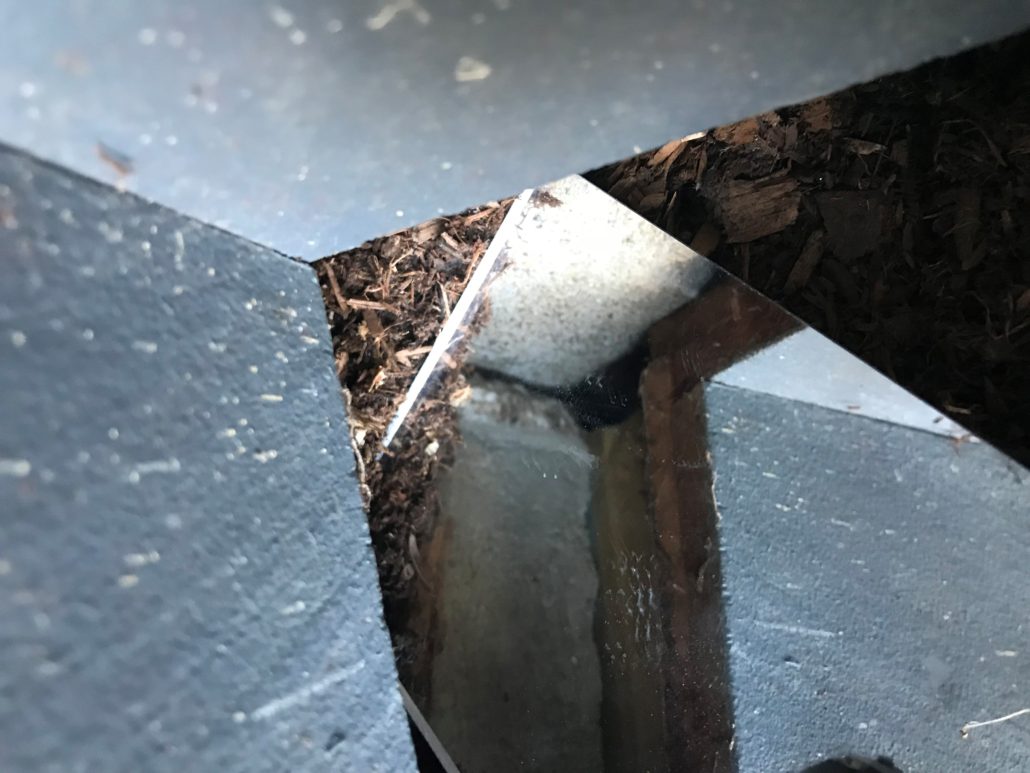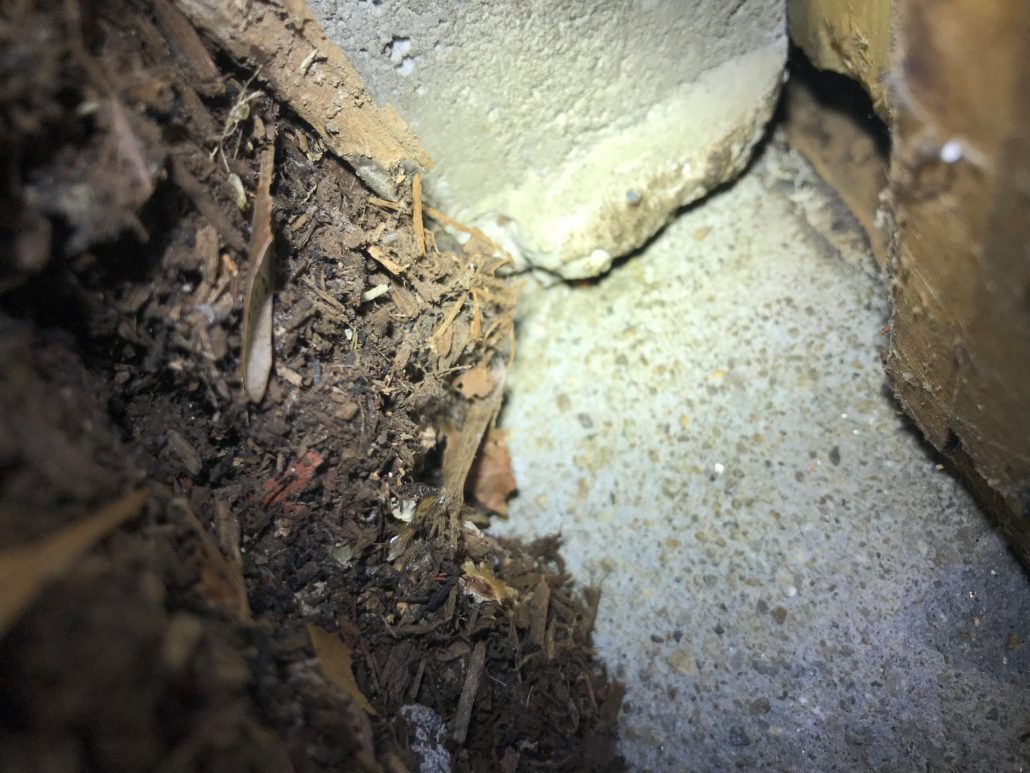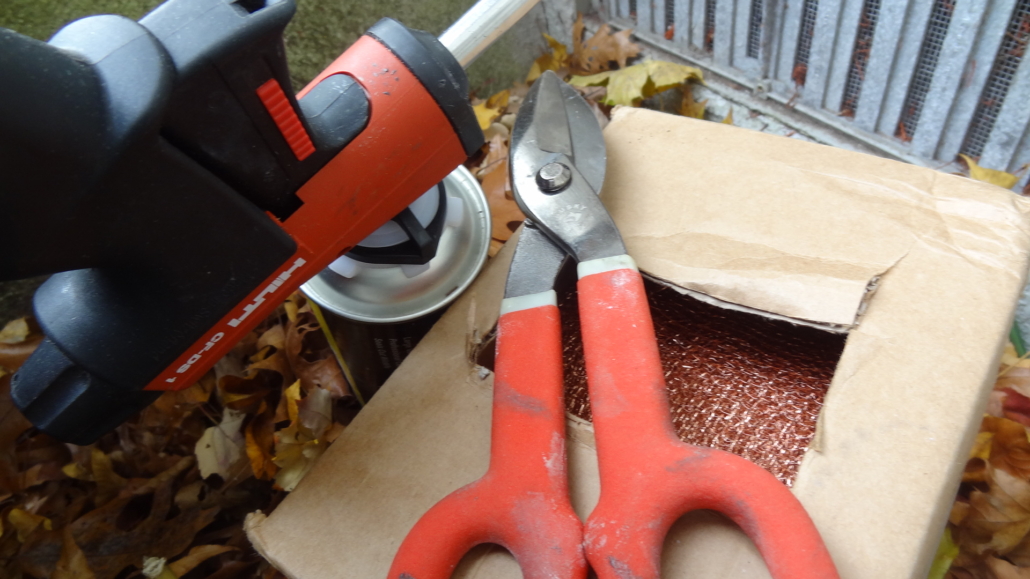What is the best mouse control?
The best mouse control is the one that works! Mouse entry exclusion and effective trapping is the best solution for most mouse problems. Baits can be used successfully where exclusion may not be possible or cost effective. An example of an area baits are more effective than trapping and exclusion is a garage because garage doors often don’t close tightly or have effective seals around them.
What is mouse entry exclusion? Is it effective to seal mice out of a building?
The real answer is it depends on the building. Effective exclusion starts looking at the outside of the structure. Blocking holes inside is behavior modification only. Behavior modification exclusion inside may be filling an opening around a radiator line or stove gas line. That type of exclusion may increase trap efficacy in some situations. To keep mice from getting into a building you need to do all your work outside. Finally, mouse control in a building without a foundation is impossible, but steps can be taken. For that reason, keeping mice out of cars, garden sheds, outdoor hot tubs and air conditioning condensers is extremely difficult.
Does the type of foundation matter for mouse entry exclusion? What type of foundation do I have?
Successful mouse control starts by closing mouse entry points from the outside into the building. The type of foundation will determine the success of exclusion. Poured concrete foundations with no additions are the simplest. Foundations get progressively harder to seal as the number of seams, holes and types of material increase. For example, a concrete block foundation with no additions to it is second only to a poured concrete foundation. An old stone foundation, with multiple lines run for fuel oil or other utilities and complicated by low porches or decks and additions is the most difficult.
A home built in New England after 1965 usually has a poured concrete foundation. Some areas inside the Route 128 belt have widespread poured concrete as early as 1920 construction. Poured concrete is smooth with visible form board lines and occasionally metal form anchors hardware visible. Concrete block foundations were used into the 1980’s especially for crawl space construction. A concrete block foundation has mortar joints outline the rectangle shape of 16″ wide by 8″ tall. Stone foundations will vary depending on the type of stone used. Brick veneer or brick top courses over a stone foundation is common in older homes. Most foundations in our area are basements. Crawl space styles are more common in coastal communities or on Cape Cod and Cape Ann.
How to find mouse entry points? What tools and materials do I need? Where do I begin?
The key to finding entry points is starting with the correct tools First, get a mirror, a flashlight, and non corrosive excluding material. An automotive inspection mirror with a long handle is best, but an mirror will do. A bright headlamp is best to keep your hands free. Non corrosive exclusion material means stainless steel or copper mesh and window and door polyurethane foam. Wear safety glasses and work gloves when cutting and handling these exclusion materials. If using foam and it falls on the ground or gets somewhere you don’t want it, let it dry before trying to remove it. If you try to remove wet polyurethane it will smear and be even harder to remove.
Next pick a starting point and work your way around the whole foundation methodically. Use the mirror to look up at the seam where the foundation and sill meet. It is difficult to get under attached decks or porches. Those areas are important to inspect. The point of contact between foundations constructed or poured at different times or made with different materials has a seam mice exploit to enter homes. The photo below is an illustration of this type of opening.
What do I look for when doing mouse exclusion?
The mirror shows the foundation from the point of view of the rodent walking up the foundation. The flashlight lets you see if the openings in the mirror lead anywhere or are just shadows. Notice the dark gap at the corner below the siding where the foundations meet.

The photo below is the same corner, but taken from below as a rodent would approach the opening up the foundation wall. You can clearly see from this angle the sebum on the concrete. Sebum comes off rodents bodies as they travel over a pathway. The more they travel the more sebum rubs off. These sebum marks are known as rub marks. If you scrape off sebum from a surface you can use it on your traps to improve the effectiveness. This opening also has chew marks on the wood.

Materials for rodent exclusion should not corrode or degrade. Do not use steel wool that will rust. Copper mesh or stainless steel wool will not corrode. When using copper mesh or stainless steel wool remember not to use metals against unlike metals. Copper mesh should only be used around copper pipes or other materials like plastic, wood, stone or concrete. Be aware of using dissimilar metals near each other or galvanic corrosion can be the result. First cut off a small section of mesh and plug the hole. Then cover the mesh with a neat, thin layer of polyurethane to keep air from moving out of the opening.

